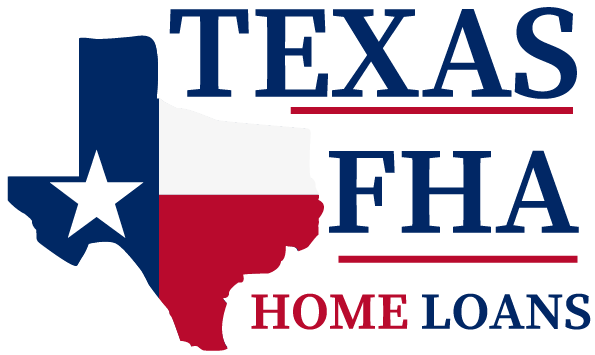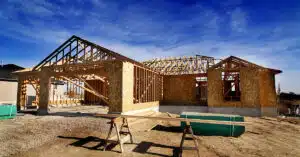
The Federal Housing Administration has made homeownership easier for the average American since 1934. While the agency does not lend money to borrowers, it guarantees the loans made under the FHA loan program to protect lenders from losses. The FHA loans have been the go-to home loan financing for first-time homebuyers and low-to-moderate income households.
If you’re considering an FHA loan to finance the purchase of your new home, there are some essential details you need to know about the program.
Let’s take a closer look at the different sides of FHA loans – the good, the bad, and the ugly,
THE GOOD:
FHA loans are designed to make homeownership more attainable.
Because the HUD insures FHA loans, they are offered with less stringent qualifications than most home loans. FHA loans have lower credit standards, higher allowable debt-to-income ratio, and no maximum nor minimum income requirements.
FHA loans require a lower down payment than most mortgages.
Most conventional plans require at least a 5% down payment and, depending on credit, up to a 20% down payment. With FHA loans, you’ll only need a 3.5% down if your credit score is 580 or higher. Credit scores below 580, however, will necessitate a higher down payment.
Also, when you apply for an FHA loan, you have several options for sources of down payment. You can use personal savings, gifts from family members, or approved government down payment aid programs to pay for the down payment.
FHA loans have higher allowances for seller concessions.
FHA loans allow property sellers to pay up to 6% of the purchase price toward closing costs and other fees involved with securing the loan. When a borrower pays less than 10% down on a conventional loan, seller contributions are limited to 3%. This raised threshold can lower your out-of-pocket expenses when buying a home.
FHA lenders qualify applicants with records of bankruptcy or foreclosure.
After a bankruptcy or foreclosure, you can qualify for an FHA loan in as short as two and three years. As a borrower, you must reestablish solid credit or opt not to incur new credit commitments and demonstrate your capacity to handle your financial affairs.
THE BAD:
The FHA sets limits on how much you can borrow.
There is a limit to how much you can borrow with an FHA loan, based on the location of the home you wish to buy. This could be a problem if you live in areas with the most expensive housing markets in the country.
The FHA loan limits for 2022 range from $420,680 to $864,700, depending on the county. The maximum FHA loan amount for a single-family residence in a low-cost area is $420,680, while the maximum in a high-cost county is $483,000.
THE UGLY:
FHA loans require borrowers to pay two types of mortgage insurance.
So, what could be the problem with a lending program that makes it easier for people to purchase a home? The added expenses.
Borrowers must pay two types of mortgage insurance premiums (MIP): upfront and annual. The upfront MIP is 1.75 percent of the loan amount. The annual insurance premium is divided into 12 monthly payments.
Recently, however, the FHA decreased the costs of its annual insurance premiums. HUD predicts that the reduced premiums will save more than two million FHA homeowners an average of $900 annually.
Takeaway
Before you apply for an FHA loan, perform a thorough assessment of your finances first. With a bit of work, you may be able to qualify for a conventional loan and save money on insurance premiums.
However, if you’re looking for the quickest possible way to purchase a home with a lower down payment or even if your credit score isn’t that great, the FHA loan could be the solution you’re looking for.


